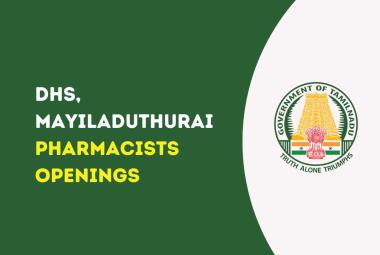Calibration is important for industrial plants as the safety and production of good quality products is required. Without proper calibration, some technical problems can arise which can be disastrous for your plant. This makes calibration very important for an industrial plant.
Calibration is the setting or correcting of a measuring device or base level to match it to a dependable and unchanging measure. The procedure is reliable and accurate. Measurements should be done with in a predetermined range of known value. If measurements do not lie between the expected range, the instrument is discarded.

What Affects the Calibration?
Changes in temperature, rough handling, accidents at the workplace and operator error can call for a need for recalibration.
How Often Should You Calibrate the Instrument?
Every instrument has a measuring range and resolution. It has manufacturer’s specification for measuring accuracy. It is verified and calibrated before shipment. Before use, the instrument must meet purchase specifications. Recalibration must be done at the required time. This is important because it can affect your business. The frequency of recalibration depends how many times and in what way the instrument is used. Many factors affect this decision like machine stability, regulatory agencies, environment and part tolerances. Well maintained systems will require calibration less often.
At the scheduled date the instrument must be calibrated and calibration frequency must be calculated by the operator. Instruments which are used frequently and play an important role in manufacturing process must be calibrated quarterly or once a month. Others can be calibrated once a year.
Start collecting the calibration data to know the instrument’s calibration values and frequency. Data can be collected at the time of installation, servicing and calibration.
Collect data from one of the parts of the system and keep that as a reference for future inspections. Make a note of the environmental conditions and use this as a reference point for all future inspections. If there is a change then you will know when the system has changed. Sometimes unscheduled calibration is needed.
Recording data with the help of a computer will make the process easier and more reliable. Calibration software can be used for this purpose. It will give information about which instruments to calibrate and at what frequency. Following these steps can significantly reduce the costs involved in calibration. According to a survey, companies from sectors like oil and gas, paper and pulp, food and beverage, chemicals, power and energy, manufacturing, pharmaceuticals and others use calibration services once a year. In the pharmaceutical sector 30% companies calibrate twice a year. This industry has a lot of instruments and calibrates them more frequently than other industry. Company time and effort can be saved by using proper calibration methods. Comparison with other users and sectors can give vital information. You will know which is the best method or calibration standard.
Calibration history trend analysis is used for an instruments drift over time analysis. The data is stored in the computer. Different devices can be compared. Calibration intervals can be visualized and optimized.
Benefits of the Software:
- Optimal calibration intervals are analyzed and optimized
- Assessing the quality of an instrument
- Time saving because of faster analysis
- Checking of plant instrument performance
- Compare the sensors from different manufacturers
Calibration Frequency can be Decreased if:
- The instrument is performing very well and drift is minimal
- The instrument is not critical
- Instrument is not in a priority location
Calibration Frequency should be Increased if:
- The sensor has drifted outside its tolerance specifications
- The instrument or sensor is located in a critical position in the plant
- Sensor is in a position in the plant which has high economic importance to the plant
- Higher costs are involved due to a faulty sensor
- There is a safety issue
- A false measurement may lead to inferior quality production
Monitoring and measurement must be carried out according to the standards. The measuring instrument must be:
- Calibrated at regular intervals
- Calibrated and recalibrated whenever needed
Identified to determine calibration status
- Safe guarded from adjustments that can make it invalidated
- Protected from damage
Measurement must also be done for any instrument which does not conform to standards. Records must be maintained and appropriate action must be taken.
Author Bio:
Edward Simpson is a seasoned Calibration and Technical Engineer working for RS Calibration Inc. Edward has a knack for finding faults in machines and does not rest until they are rectified to perfection. He lives in Pleasanton, CA and can be contacted anytime for matters related to machines on his email edward@rscalibration.com. He also invites people to visit his company rscal.com to learn more about the type of calibration work he does.









